Affiliate links on Android Authority may earn us a commission. Learn more.
iPhone 6 Plus vs Galaxy Note 3 quick look
Published onSeptember 20, 2014
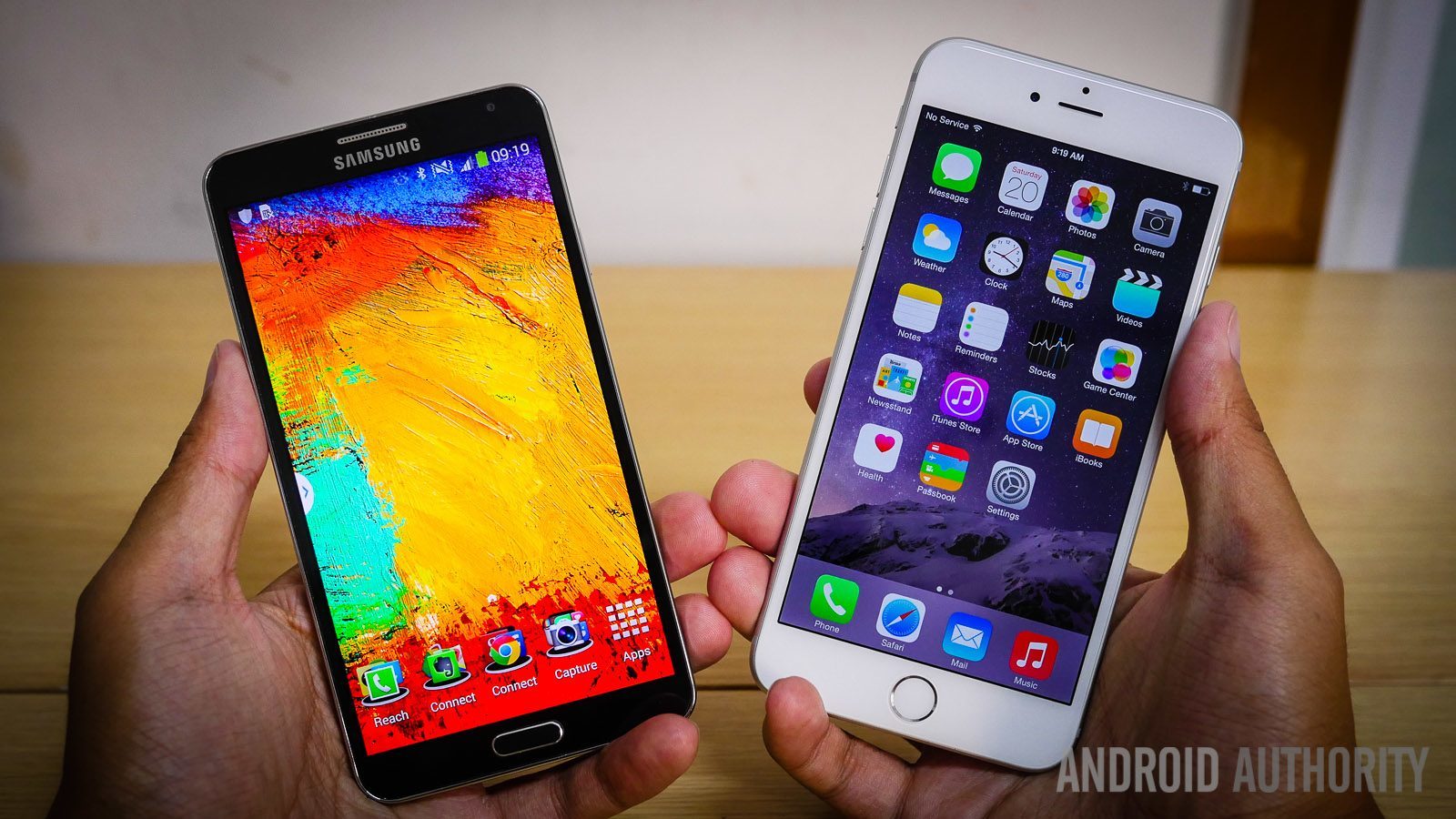
Over the past hours, we’ve brought you comparisons between Apple’s new iPhones and the Galaxy S5, HTC One (M8), and the LG G3. Now it’s time for another quick look, and this time we have two heavyweights in the ring: the iPhone 6 Plus and the Galaxy Note 3.
While the Note 3 is a year old, it’s still the device to beat for Apple’s new-fangled large screen iPhone 6 Plus. The Note 4 is just around the corner, but until its release next month, the Note 3 remains the epitome of what a large phone should be.
Time to see who comes on top in our iPhone 6 Plus vs Galaxy Note 3 quick look comparison!

Design
The iconic design of our two contenders is recognizable around the world. The iPhone 6 Plus is just a larger rendition of a concept that has remain virtually unchanged for years – the circular home button, the rounded corners, the top and bottom antenna lines on the back, all make a return.
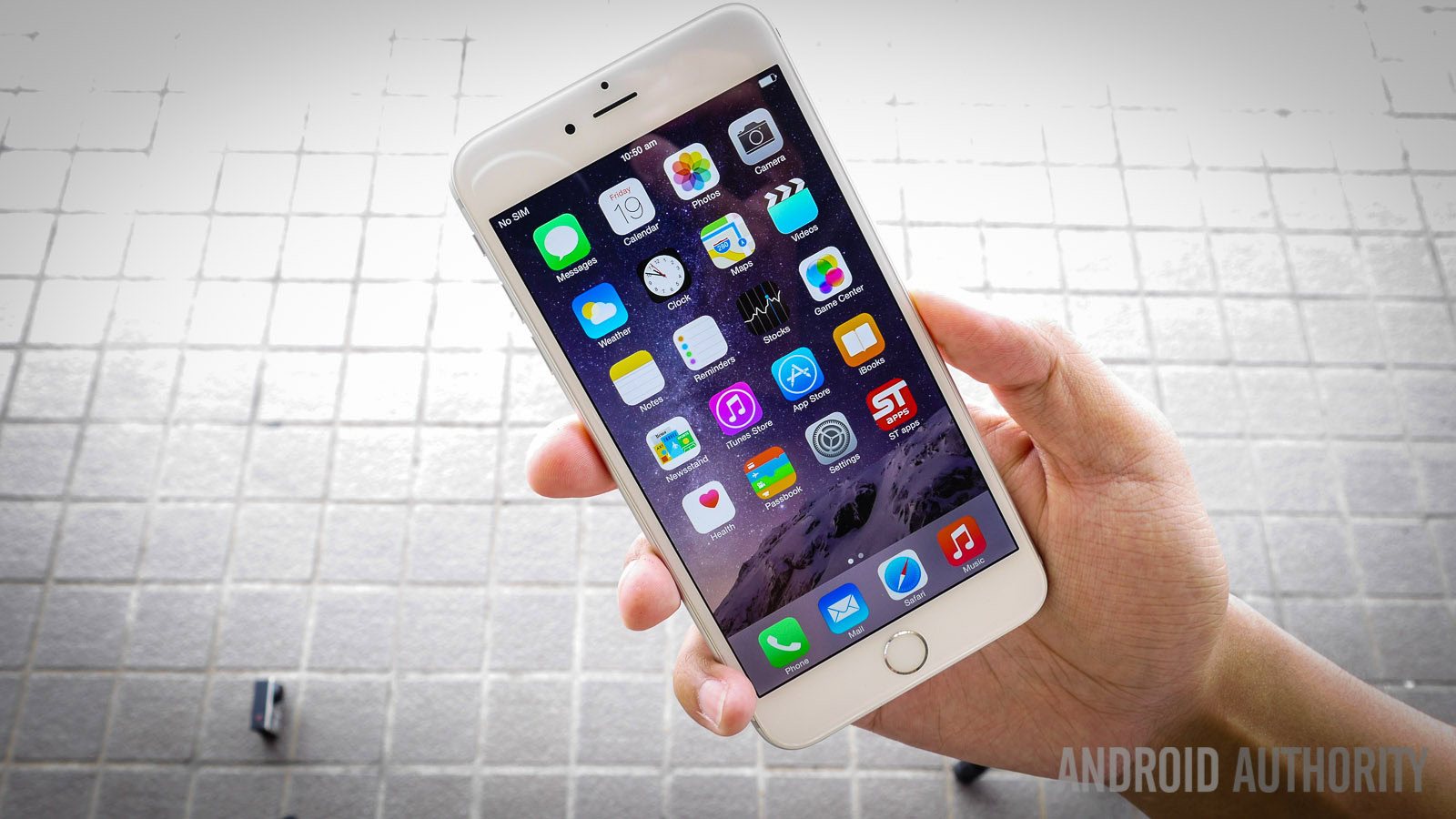
Samsung has more experience in designing and building large phones, and that shows in the streamlined lines of the Note 3 and its large screen-to-footprint ratio. The iPhone 6 Plus falls short in this respect.
The large bezels at the top and bottom of the iPhone 6 Plus – while necessary to accommodate the Touch ID home button and to preserve the form factor – make the 6 Plus much larger than it needs to be. The 6 Plus is actually larger than the Note 3, even if its screen is 0.2 inches smaller. Even if it’s a bit thicker than the iPhone, the Note looks more compact, for the same reason.

The Note 3 features a plastic build with a faux leather texture on the back. This mimicry, and especially the faux stitching going around the phone’s edges, is polarizing among users. However, the leathery texture does give the Note 3 an excellent grip in hand.
The metal body of the iPhone feels very premium, and makes for a durable device, as we’ve seen in our earlier drop test. The rounded edges are a nice departure from the rigid shape of past generations, and help the phone sit very comfortably in hand. The metal is a bit slippery though, while the protruding camera will cause the phone to wobble when used on flat surfaces like a desk top.
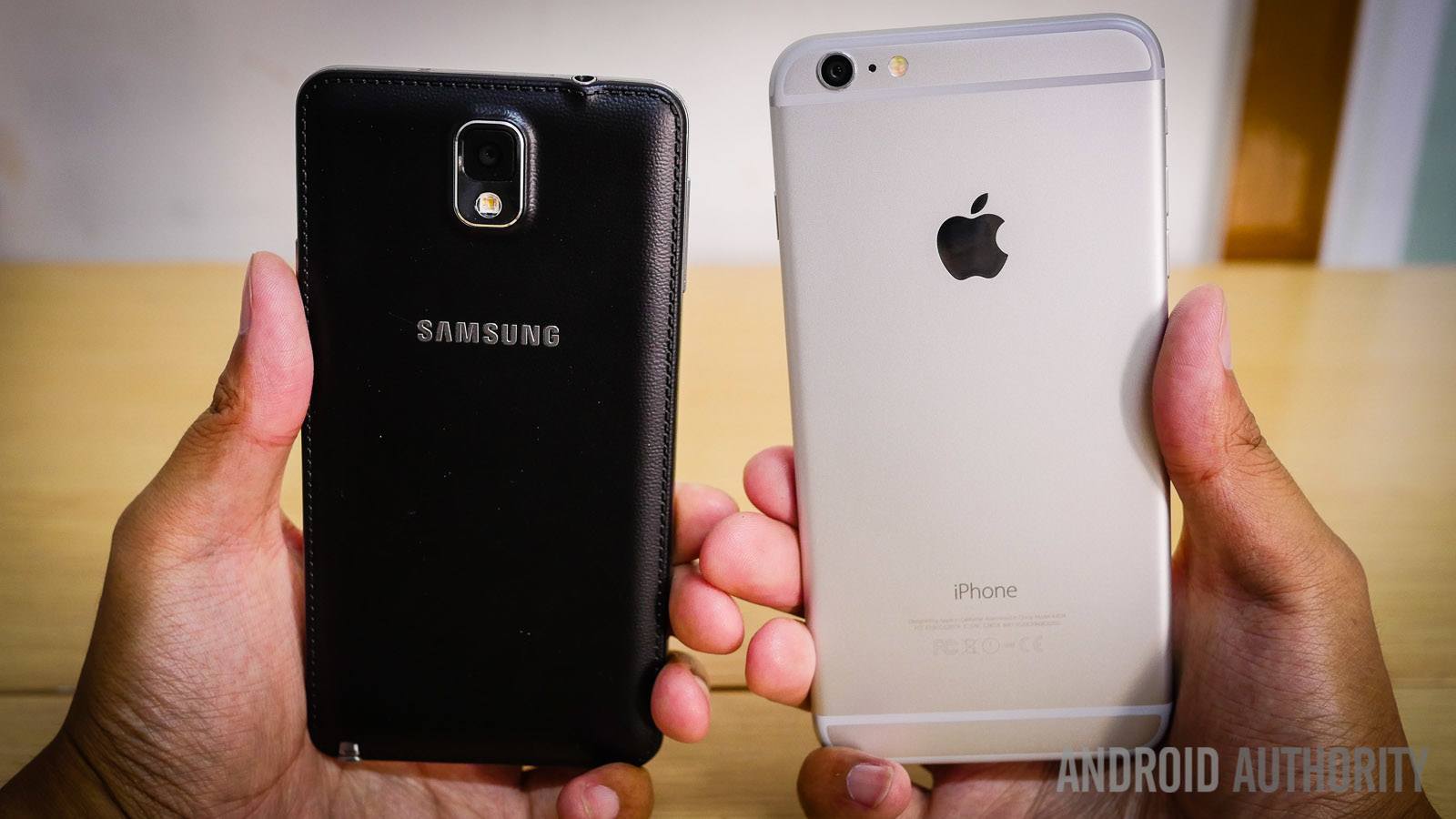
To sum up, the iPhone 6 Plus may be more tastefully designed, but the Note 3 has a bigger screen in a smaller body, which is an important feature in this product category.
Display
The biggest difference in the display department is the technology underlying the screens of the two phones. Samsung uses a Full HD AMOLED screen with deep blacks and colors that just pop, while Apple has an LCD screen of the same resolution that is a bit more restrained in terms of saturation. It doesn’t take an expert to notice the difference – picking one approach over the other boils down to personal preference, though the Note 3 offers a way to tone down color saturation, so it’s more flexible in this regard.
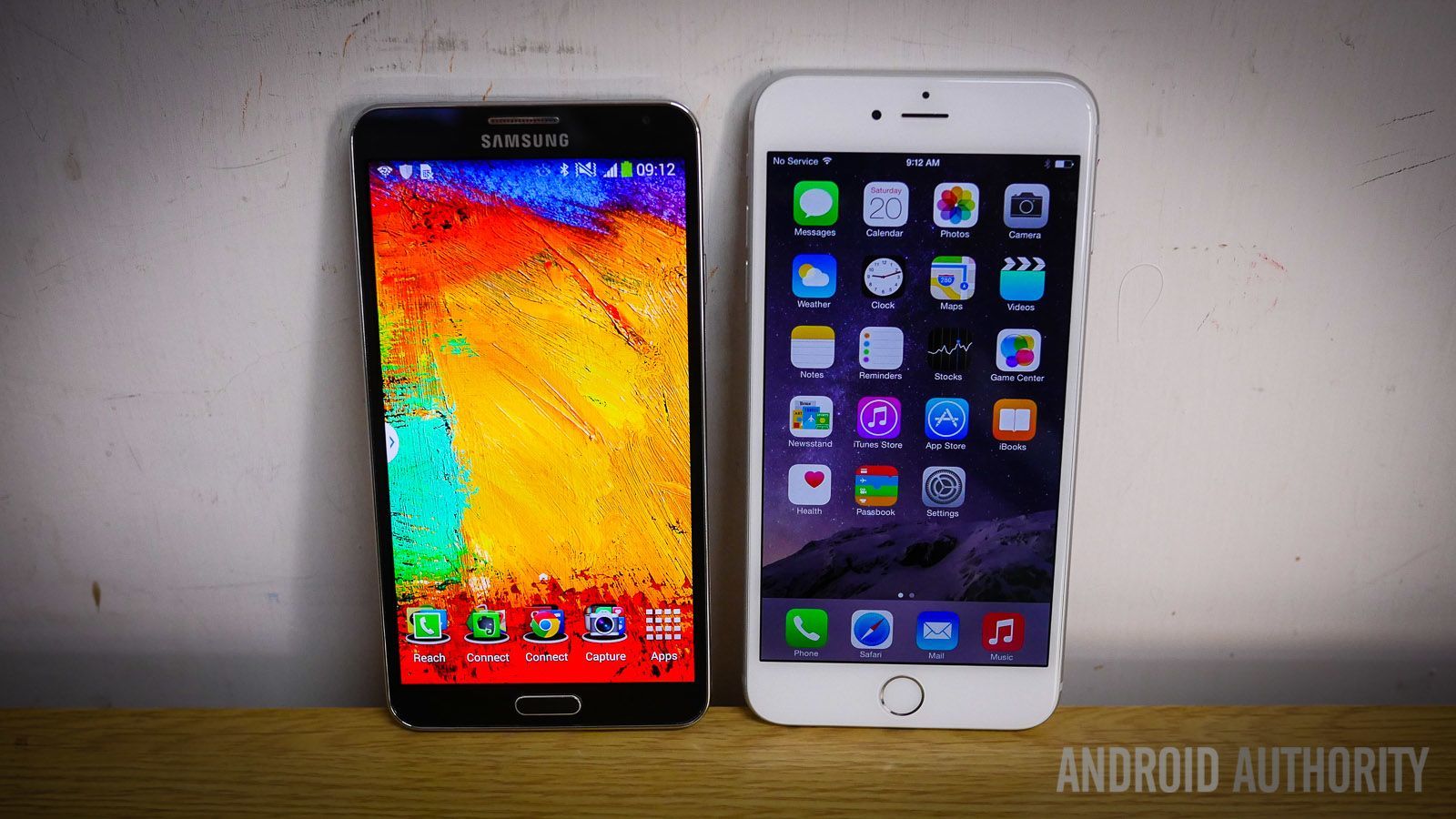
Both displays are crisp, viewing angles are great, and brightness is excellent, though we feel the Note 3 has a slight edge. Regardless, these truly are the best that LCD and AMOLED technologies have to offer, at least until the Note 4 comes along next month.
Performance and hardware
At a high level, the Note 3 has a more impressive spec sheet. We can’t forget though that we’re talking about very different platforms and ecosystems, so the difference in performance may not be as clear cut as spec sheets alone would indicate.
The 6 Plus comes with a dual-core A8 processor and 1GB of RAM, but that’s enough to make the device fly through the user interface and apps. The Note 3 is no slouch either, even if it’s already a year old – the Snapdragon 800 remains a top processor, which helped by the 3 GB of RAM, makes easy work out of most tasks. With that said, some optimization on the software side would probably make it run even smoother.
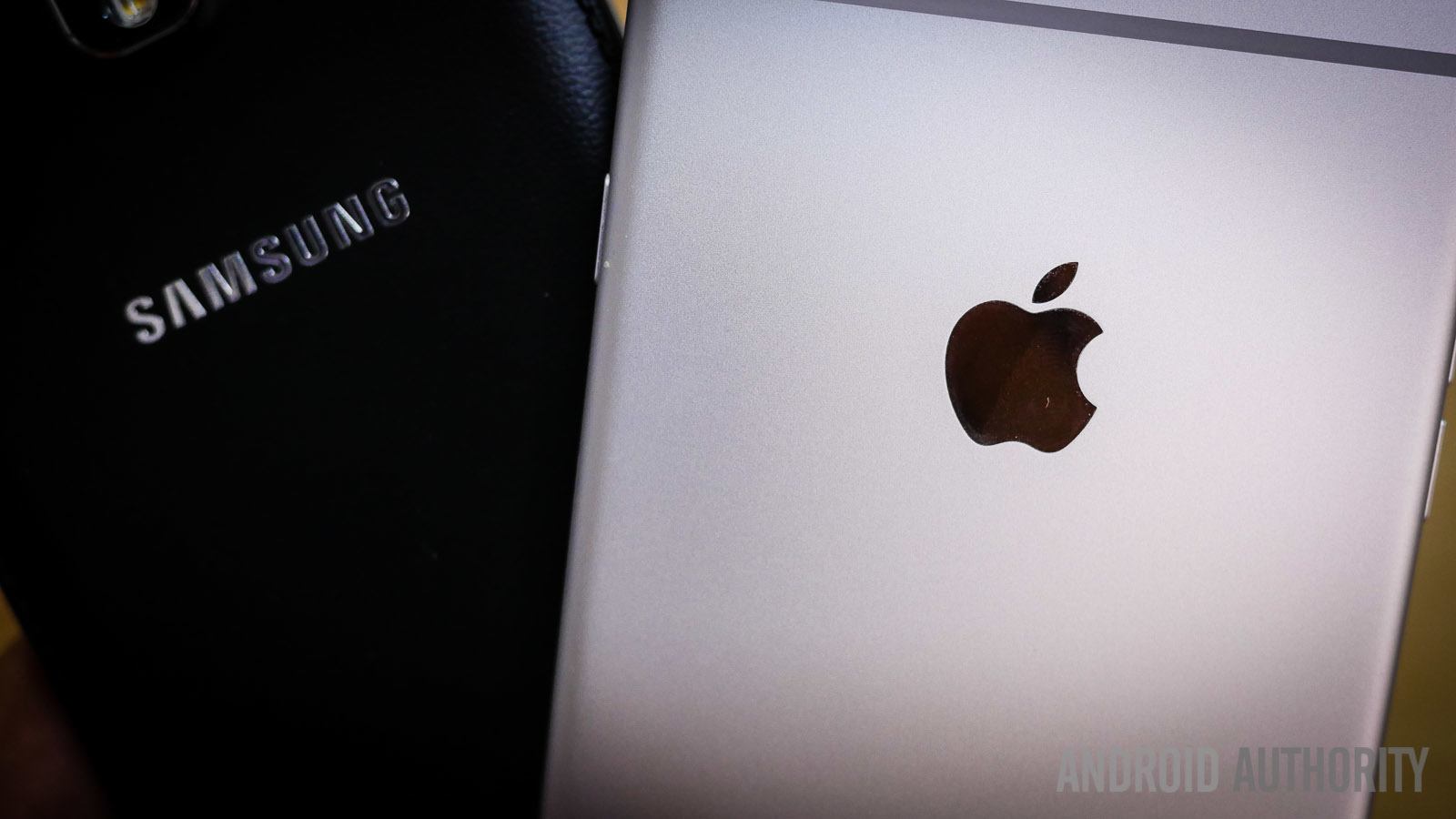
You get 16, 64, or 128GB of storage on the iPhone 6 (though the top configuration will cost you a pretty penny). The Note 3 only hits 64GB, with the microSD card slot available to make up the difference.
While the Note series has had NFC for years, Apple just adopted it for its new iPhone, but there’s a catch – the chip is locked, so it’s only useful for the Apple Pay service for now.
Like the iPhone 5S, the 6 Plus incorporates a fingerprint scanner in its home button, which should make life easier if you’re concerned about security. Samsung only introduced a similar feature on the Galaxy S5, so you will need to wait for the Note 4 to enjoy it.
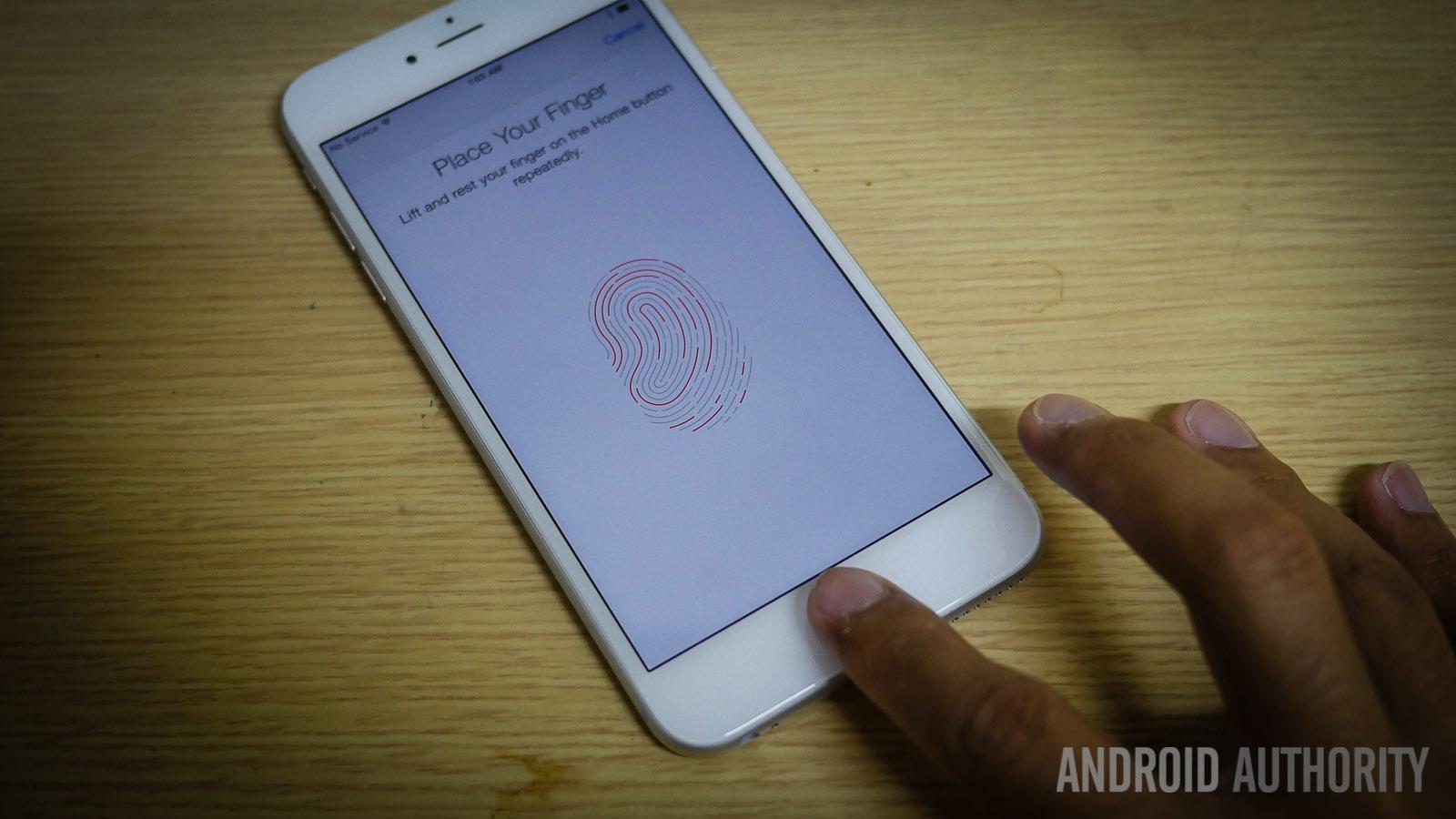
When it comes to battery life, the Note 3 is one of the leading devices, and it will be interesting to see how the iPhone 6 Plus competes. The Note 3 has a 3oo mAh advantage in battery capacity, so it will probably outrace the iPhone in longevity. Plus, the battery is removable, so a spare unit could further extend usage.
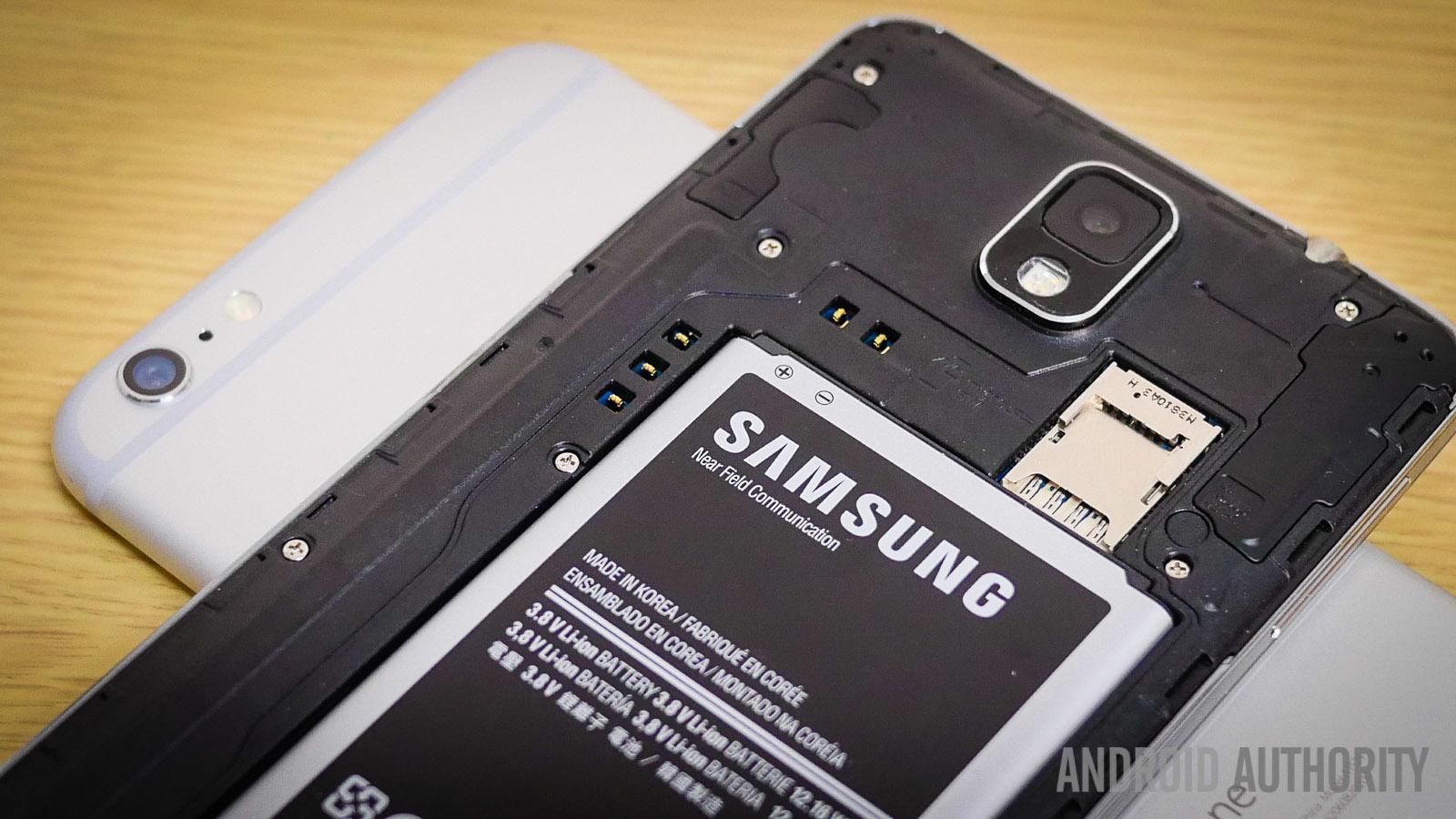
Camera
The Note 3 comes with a 13MP rear camera that does a great job in bright scenes, with crisp details and fine color reproduction. This camera is also known for its good macros, solid video, and a ton of software features and options.
It’s in low-light conditions that the Note 3 shows its limits, which is a problem that is common on many smartphones, especially when there’s no OIS to prevent noise.
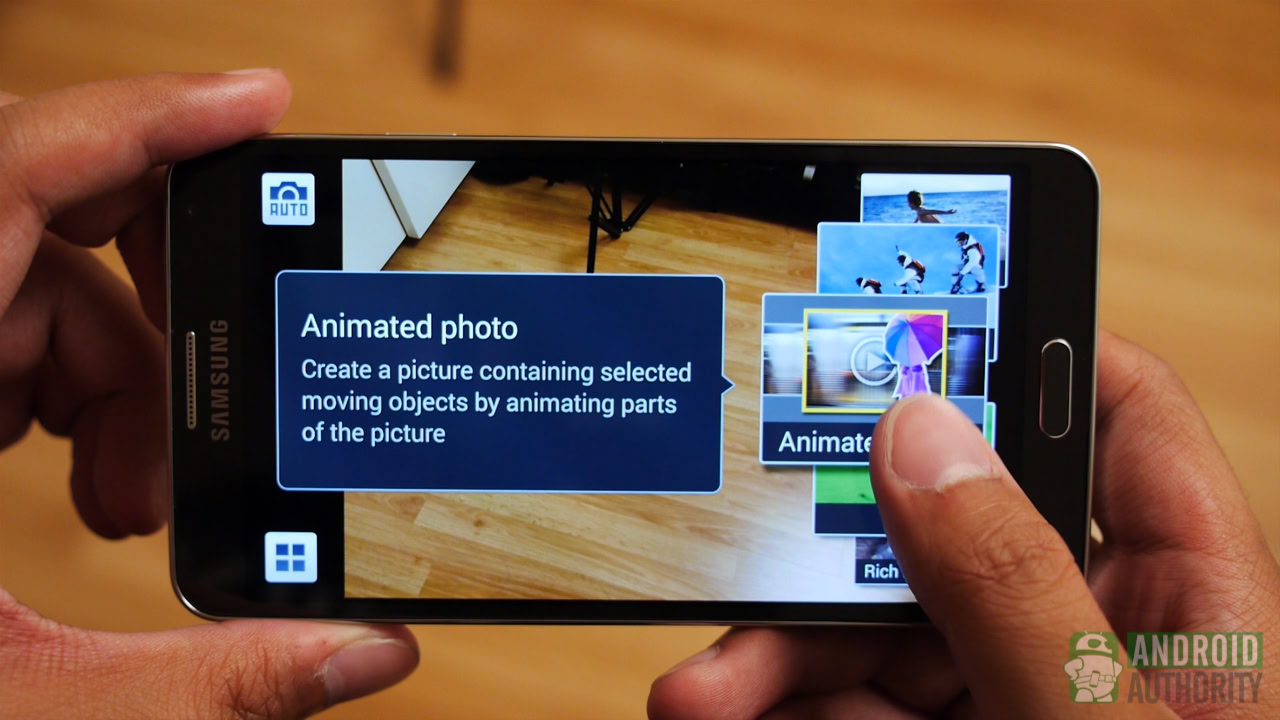
Apple stuck to 8MP for the rear camera of the iPhone 6 Plus, but the sensor is supposedly all new. Thanks to a tech called Focus Pixels, this camera should be able to focus almost instantly, which can be helpful in a variety of situations. Plus, there’s optical image stabilization, which you don’t get on the Note.

8MP is at the low limit of smartphone camera technology today, so if larger, more detailed pics is something you want, the Note 3 is the way to go. If top notch image quality is what you’re after, you can’t go wrong with the iPhone 6 Plus.
Software
The Note 3’s software features revolve around the S Pen stylus – features like Air Command, S Note, floating apps, Scrapbook, S Finder, handwriting recognition are all made possible by the handy little stylus that hides in the Note 3’s slot.
Samsung is making good use of screen real estate with the Multi-Window feature, which lets you open up two apps at a time. Floating apps lets you pin small utility apps like calculator or S Note on the screen for easy access.
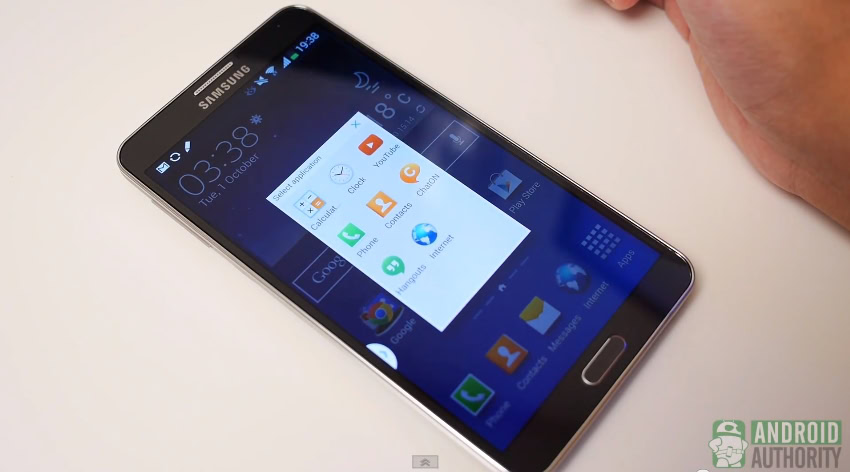
But the S Pen can be useful across the operating system, whenever precision is important. Plus, it’s a great tool if you love to doodle or handwrite your notes.
The iPhone 6 Plus comes with the same colorful interface introduced last year, but with a bevy of new features that bring iOS closer to Android in terms of functionality. Features like widgets, custom keyboards, app extensions, and app battery usage breakdown are welcome additions. Continuity is something that you don’t get on Android out of the box – the ability to start a task on the iPhone and continue on a compatible Mac or iPad seems really cool, but of course, you need to be deep into Apple’s ecosystem to really enjoy it.
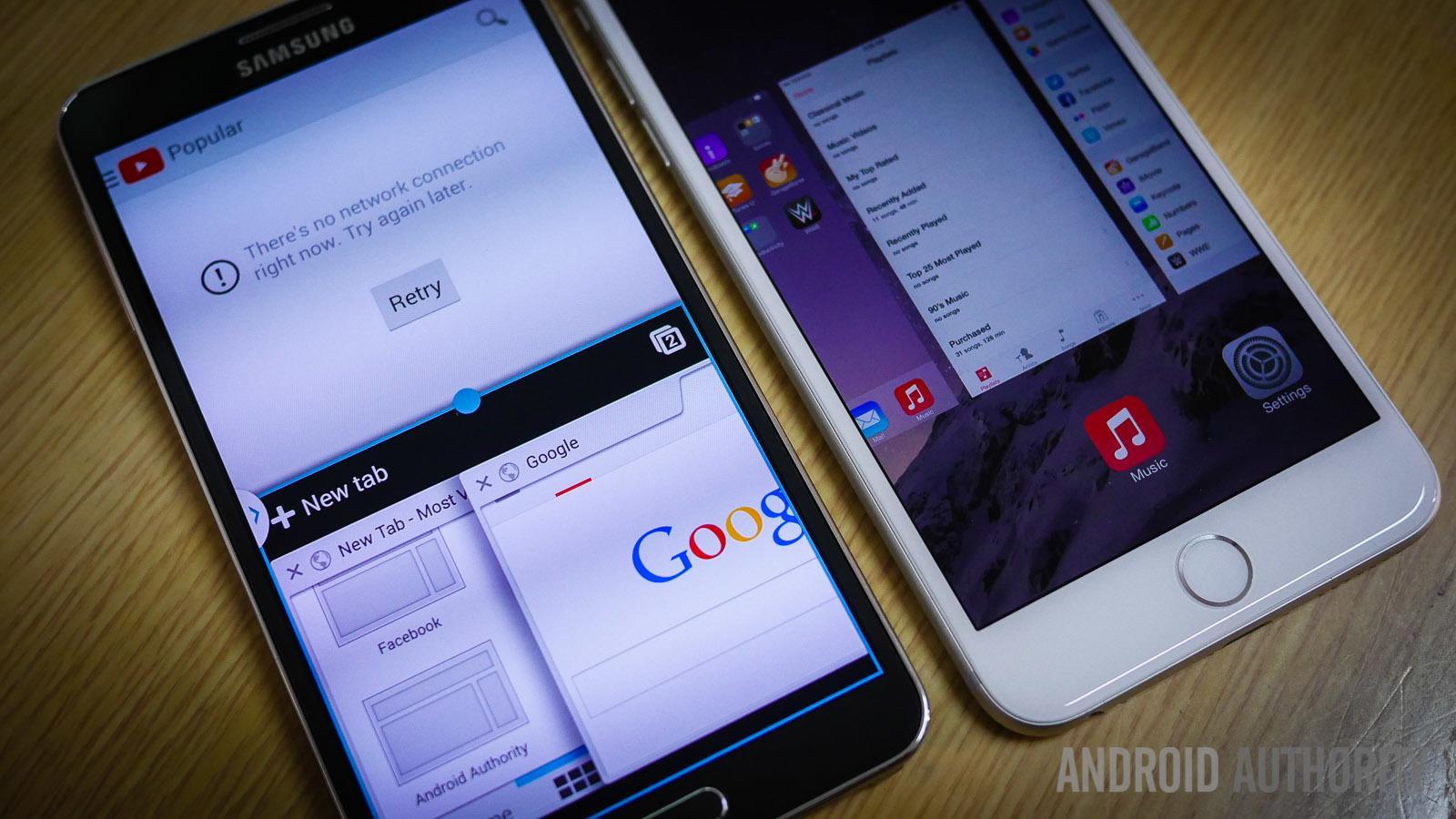
Overall, the iPhone 6 Plus is a competent device, but the Note 3 is the better productivity device, with its powerful stylus and multitasking features. Samsung has figured out ways to use the large screen to its fullest, while the 6 Plus is mostly just a larger version of the iPhone 6.
Wrap up
We won’t issue a verdict after this quick look, but we’ll do list the features that we think tip the scale in favor of one device or the other. The Note 3 comes ahead thanks to its compact build and larger screen, larger, removable battery and microSD card slot (though not all users care about that), more hardware features, and especially the S Pen and all its software features. The iPhone 6 Plus has a premium build and a solid unibody construction, a fingerprint scanner, a great camera, and a fine-tuned operating system.
Who comes on top in your opinion? List your pros and cons in the comments!